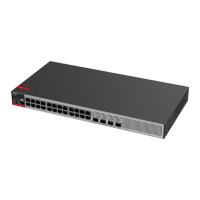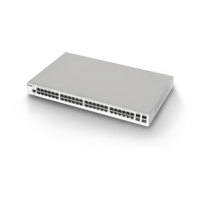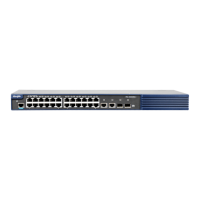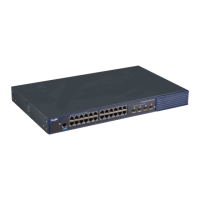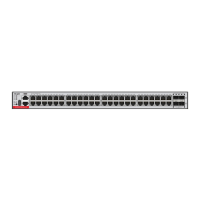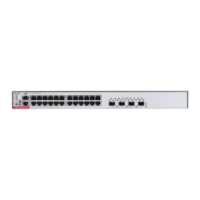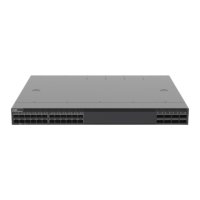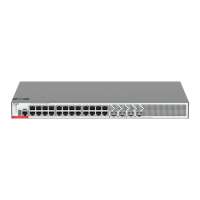Command Reference OSPFv2 Commands
Ruijie(config-router)# network172.16.17.0 0.0.15.255area1
Ruijie(config-router)# network172.16.252.0 0.0.0.255 area10
Ruijie(config-router)# area 0 authentication message-digest
Ruijie(config-router)# area1virtual-link 1.1.1.1message-digest-key1md5hello
The following example sets area 1 as the transition area to establish a virtual link with neighbor
1.1.1.1, enables the Fast Hello function on this virtual link, and sets the multiplier to 3.
Ruijie(config)# routerospf1
Ruijie(config-router)# network172.16.17.0 0.0.15.255 area1
Ruijie(config-router)# network 172.16.252.0 0.0.0.255 area10
Ruijie(config-router)# area1 virtual-link1.1.1.1dead-interval minimal
hello-multiplier 3
Enables the OSPF area packet authentication
and define the authentication mode.
Displays the OSPF process information,
including the router ID.
show ip ospf virtual-links
Monitors information about a virtual link.
Use this command to enable the auto-cost function and set the reference bandwidth according to the
reference bandwidth. Use the no form of this command to restore the default setting.
auto-cost [ reference-bandwidth ref-bw]
no auto-cost [ reference-bandwidth ]
Reference bandwidth, in the range from1 to 4294967 Mbps.
Routing process configuration mode
By default, the cost of an OSPF interface is equal to the reference value of the auto cost divided by
the interface bandwidth.
Run the auto-cost command to obtain the reference value of the auto cost. The default value is 100
Mbps.
Run the bandwidth command to set the interface bandwidth.
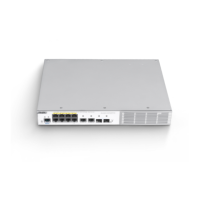
